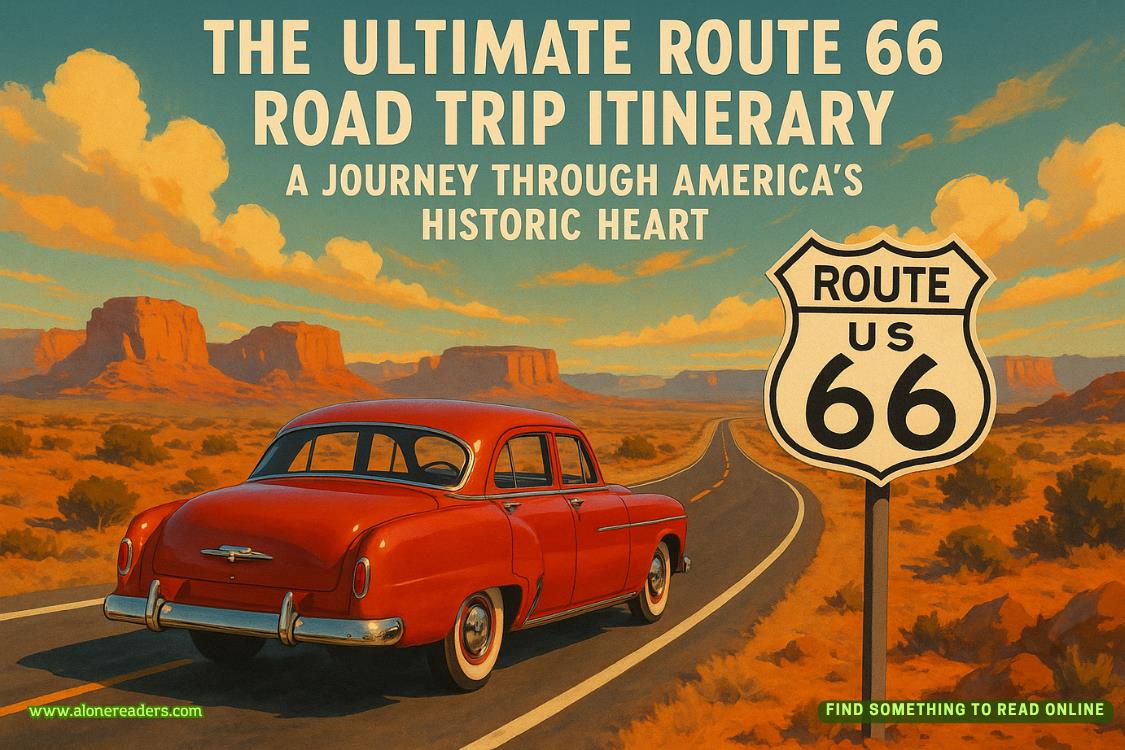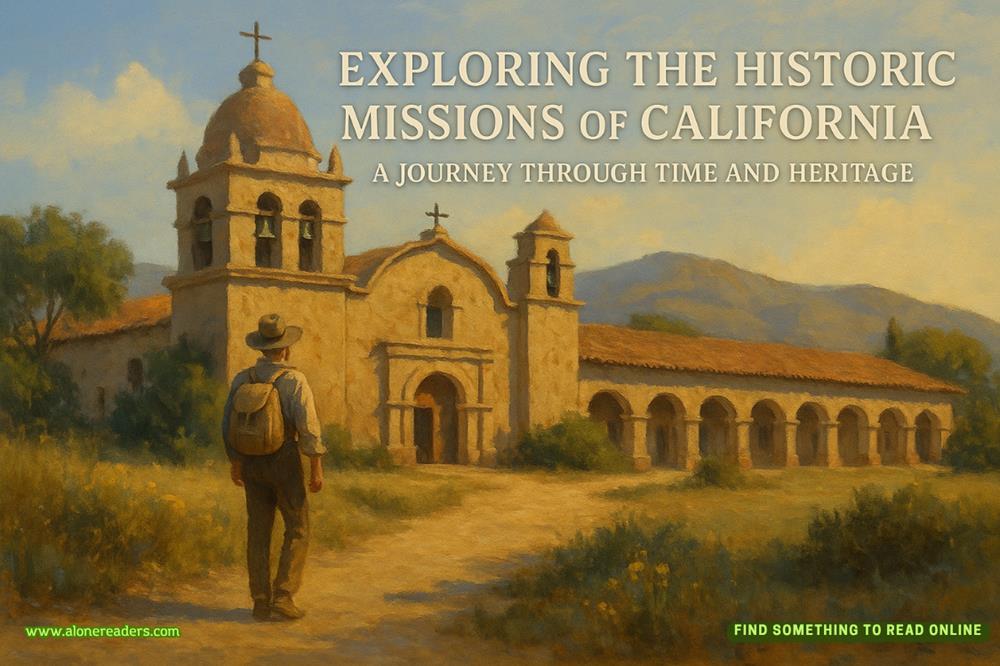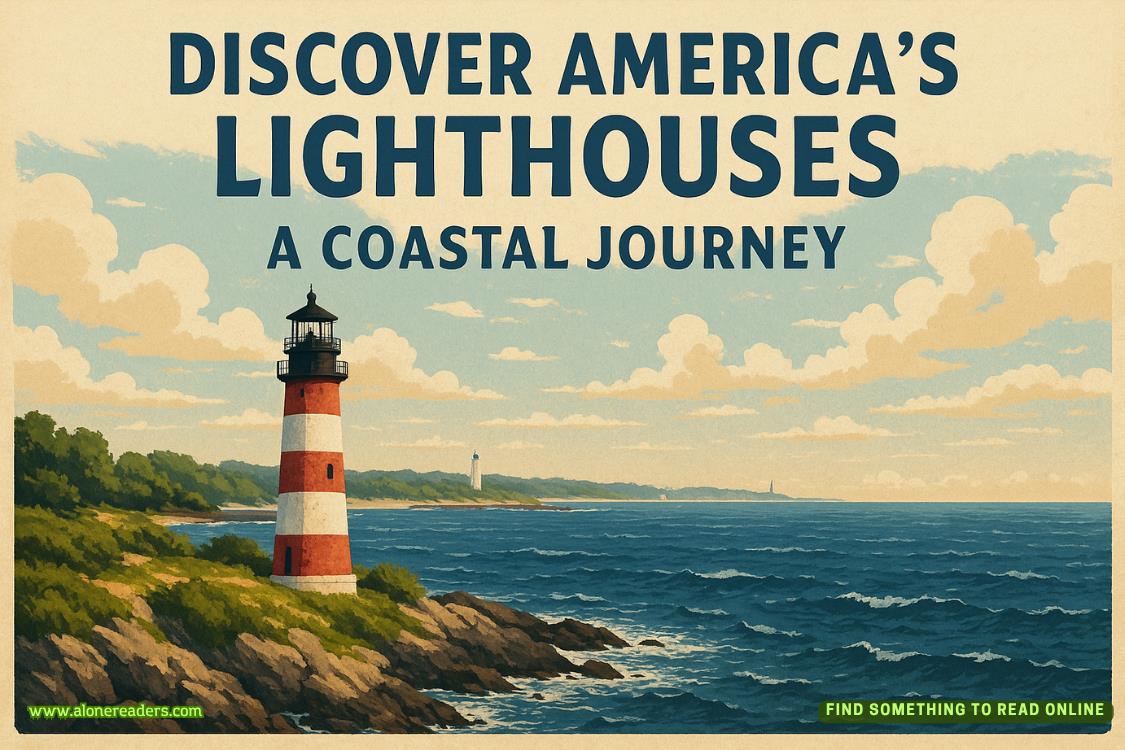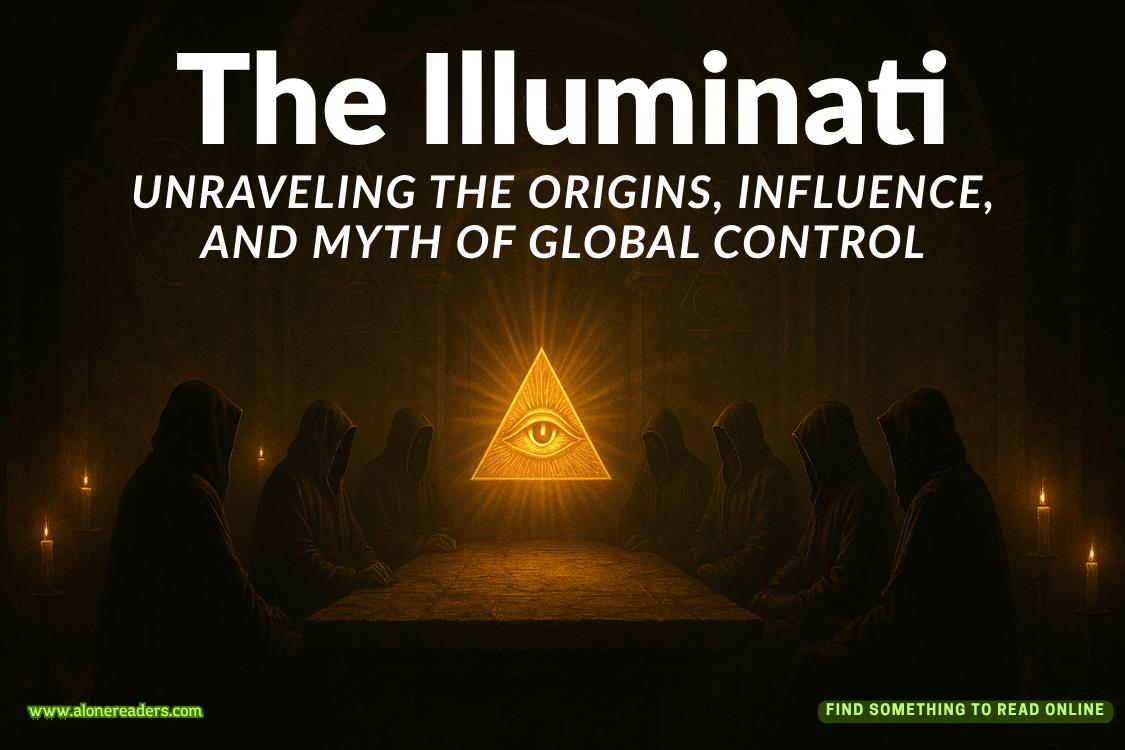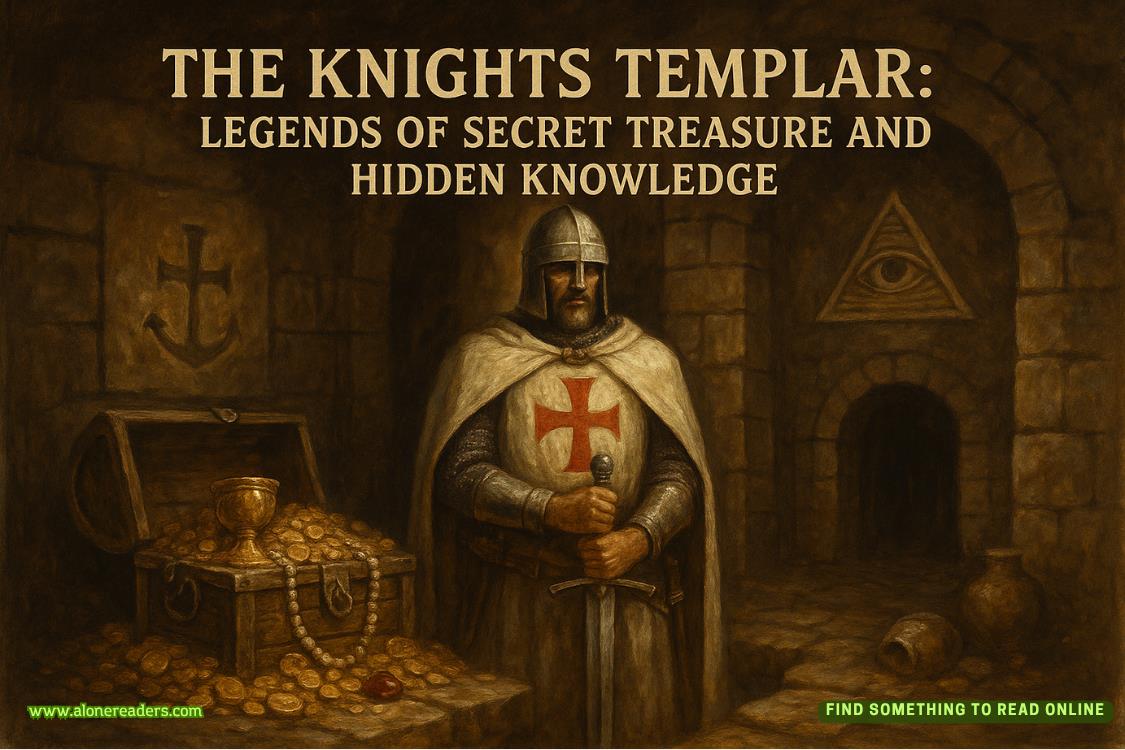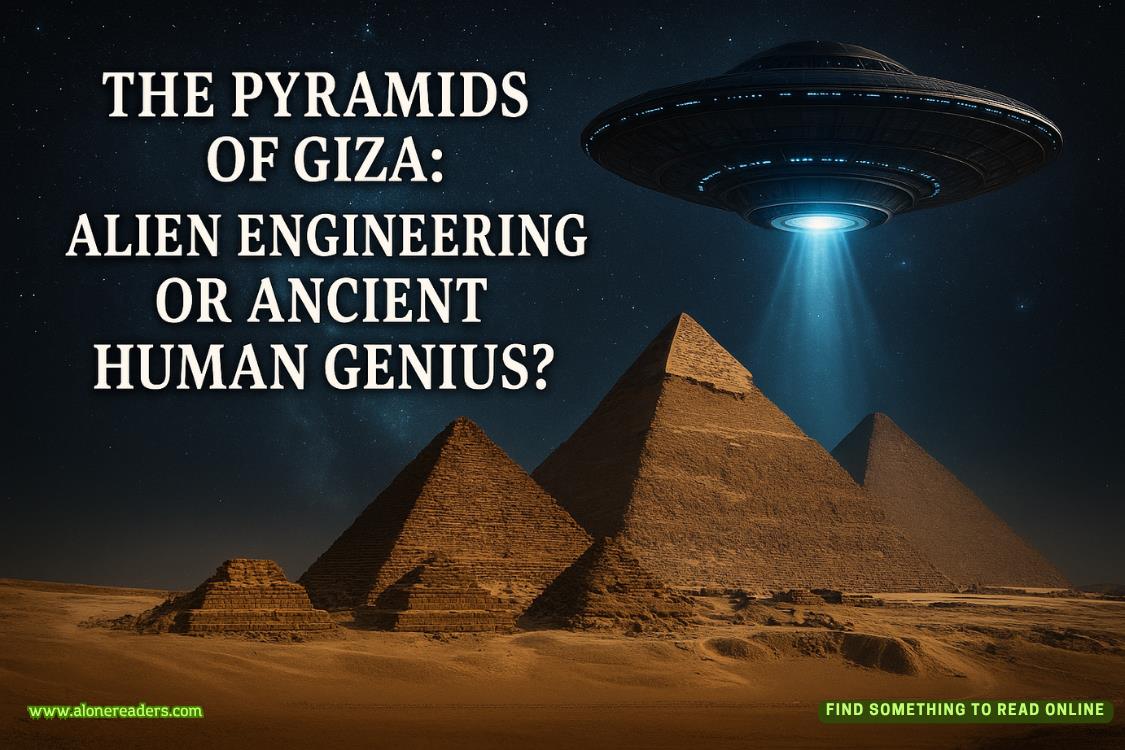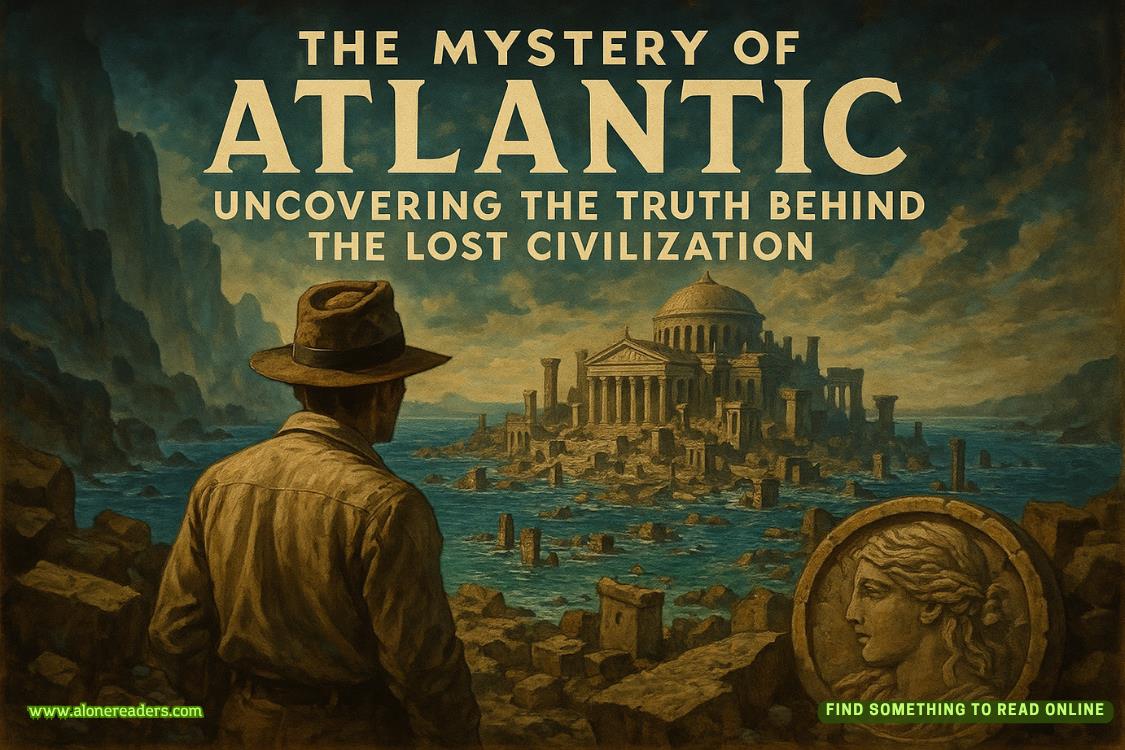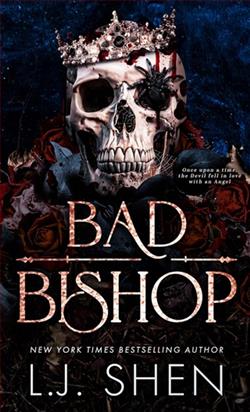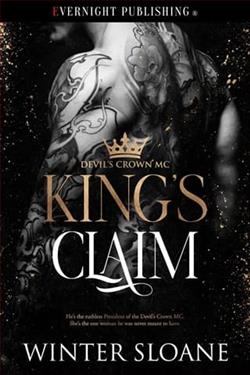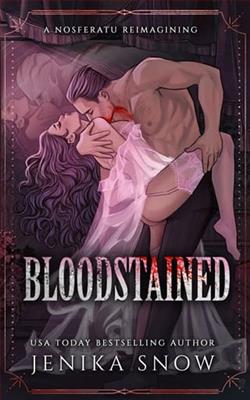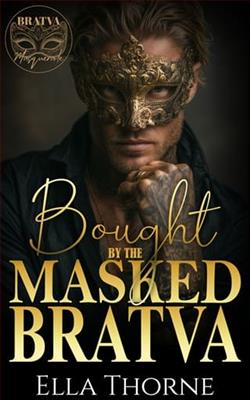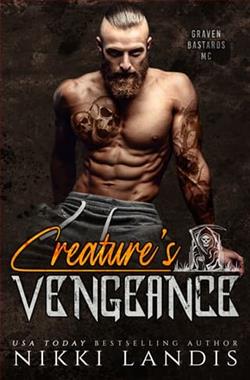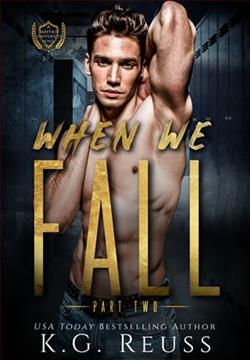Page 115 of The Pearl Sister
‘Yeah, they gave him a surname at the mission, like with all the orphaned babies.’
‘He was an orphan?’
‘It’s best he tells ya. I only know the basics. All you need ta know is that he’s a good, solid bloke, not like some a’ the rubble round these parts. I’ll miss him when he retires from the committee. He keeps the resta them in line, if ya know what I mean. They respect him.’
My heart rate began to rise as we finally pulled into the Hermannsburg car park and I wished Chrissie was by my side to calm me.
‘Righto, let’s go an’ get ourselves a cool drink while we wait for him,’ Phil said, springing out of the truck. ‘Best leave yer stuff where it is – you don’t want any unwelcome visitors climbing inta that rucksack, do ya?’
I shuddered and my heart rate went up by another ninety thousand beats as panic rose through me. What if I actually had to stay the night here? In the Outback, surrounded by my worst eight-legged nightmares?
Come on, Cee, be brave. You’ve just got to face your fears,I told myself as I tramped across the hard red ground behind Phil.
‘Coke?’ He reached into the chiller cabinet.
‘Thanks.’ As I pulled off the top, Phil went to the rack of books, searching for something.
‘Here we go.’
I watched him leaf through a big hardback entitledAboriginal Art of the 20thCentury,and I only hoped he wasn’t going to give me an enormous essay to read.
‘Knew he was in here.’ He pointed a finger to a page and tapped it. ‘That’s one of Francis’s. They got it in the National Gallery of Canberra now.’
I looked down at the glossy picture and couldn’t help but smile. Given that my possible grandfather had learnt from Namatjira, I’d been expecting a watercolour landscape. Instead, my senses were blown away by a vibrant dot painting – what looked like a round swirl of fiery red, orange and yellow – which reminded me of the Catherine wheel that Pa had set off in the garden at Atlantis for my eighteenth birthday.
As I looked closer, I began to make out shapes within the perfect spiral. A rabbit perhaps, and maybe that was a snake weaving its way through the circle to the centre . . .
‘It’s amazing,’ I said, for the first time understanding what a talented artist could do with dots.
‘It’s calledWheel of Fire,’ commented Phil from behind the counter. ‘What d’ya think?’
‘I love it, but it wasn’t what I was expecting because you said he learnt from Namatjira.’
‘Yeah, but Francis also went up ta Papunya with Clifford Possum long before Geoffrey Bardon came on the scene. The two a’ them helped start the Papunya movement. Here, I’ll show you Clifford Possum’s work.’
I was embarrassed that this man was talking a whole new language to me. I’d no idea who Geoffrey Bardon or Clifford Possum were, or where Papunya was.Some art scholar I am,I thought.
‘Here.’ Phil tapped a page and another glorious painting appeared before my eyes. The artist had created a picture in soft pastels, the shapes formed by thousands of the tiniest and most delicate dots. I was reminded a little of Monet’sWater Lilies,although it was as if the painter had taken the two different schools of painting and mixed them together to produce something unique.
‘That’s calledWarlugulong.It sold for over two million dollars last year.’ Phil raised an eyebrow. ‘Serious moolah. Now, ’scuse me, Celaeno, I need to check out the dunny – found a Western brown in there yesterday.’
‘Right. Did he . . . my, er, grandfather, say when he might arrive?’
‘Sometime today,’ Phil said vaguely. ‘Take what you need from the fridge, love, and I’ll see ya in a bit.’
Armed with a bottle of water, I picked up the book and looked for somewhere to sit and flick through it. There was only the high stool behind the counter, so I perched myself on that and opened the book at the beginning.
I was actually so engrossed, not only in the amazing paintings, but in trying to decipher the Aboriginal titles of the paintings and their meanings, that I only looked up when I heard the door to the hut open, having obviously missed the sound of a car.
‘Hello,’ said the figure standing in the doorway.
‘Hi.’
At first, I thought he was a tourist come to visit Hermannsburg, because he couldn’t be my grandfather – all the old Aboriginal men I’d seen in photos were small and very dark, their skin parched by the sun into wrinkles and crevices like dried-up prunes. Besides the fact that this man looked far too young to be him, he was tall and thin, with skin the same shade as my own. As he removed his Akubra hat and walked towards me, I saw he had the most incredible pair of eyes. They were bright blue with flecks of gold and amber, so that the irises appeared rather like the dot paintings I had just been looking at. Then I realised he was staring at me as hard as I was at him, and I felt the colour rise to my cheeks under the intensity of his gaze.
‘Celaeno?’ His voice was deep and measured, like honey. ‘I’m Francis Abraham.’
My eyes locked with his in a moment of recognition.
